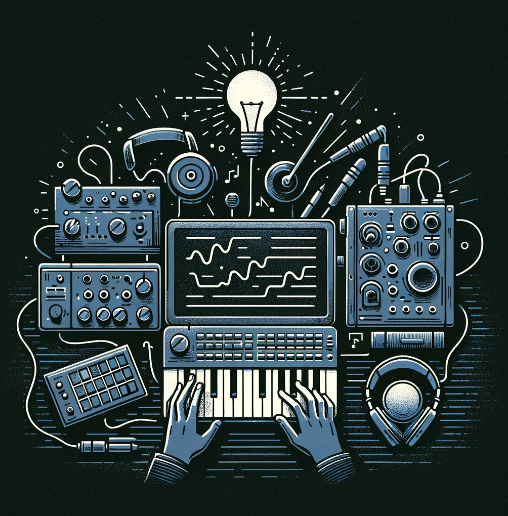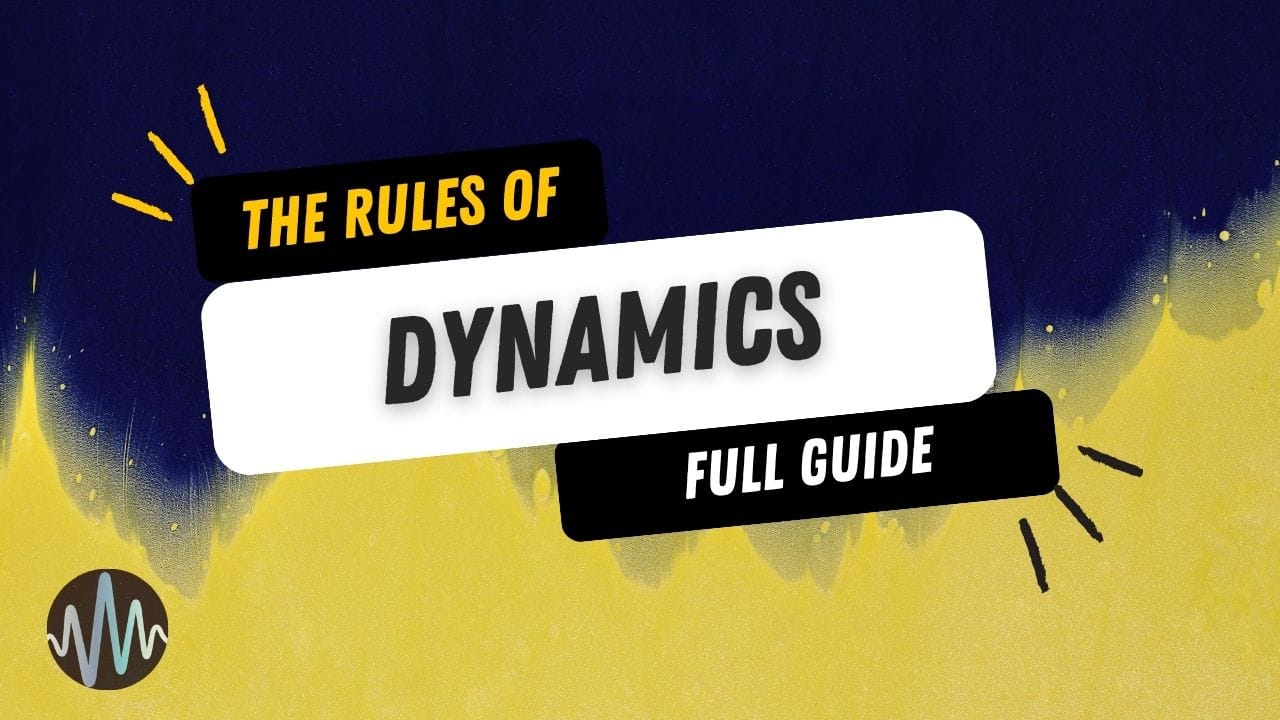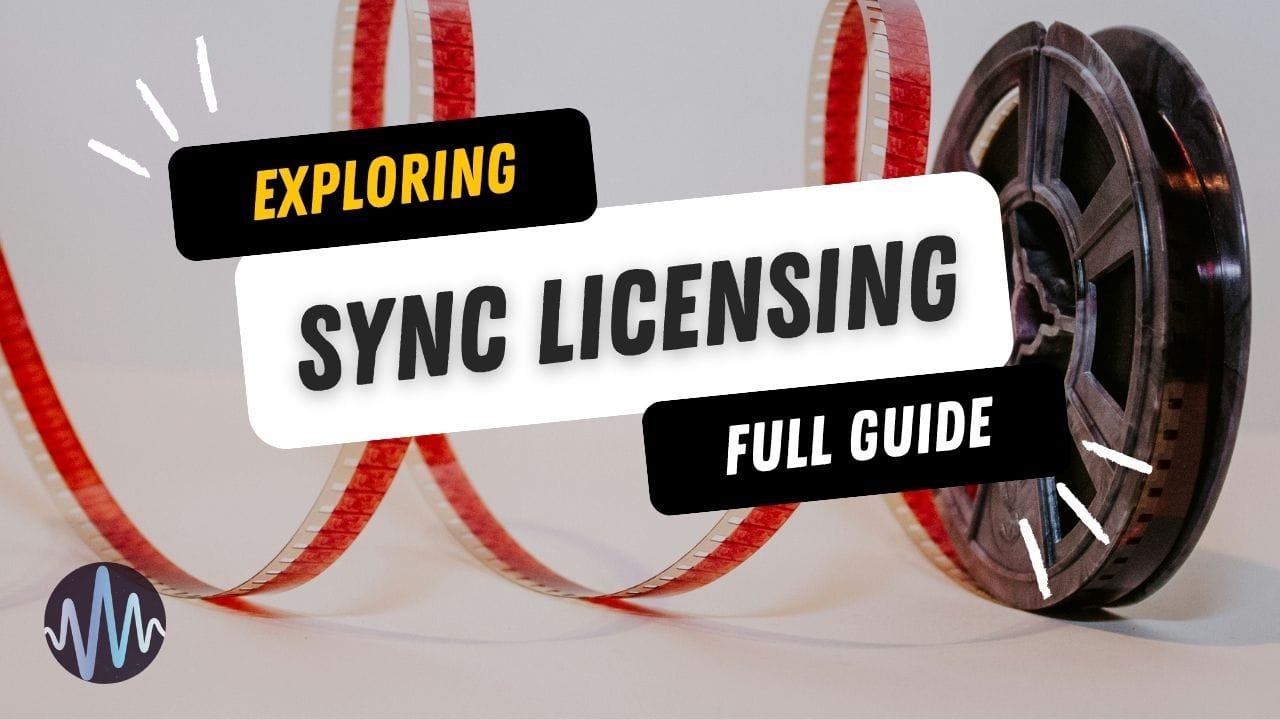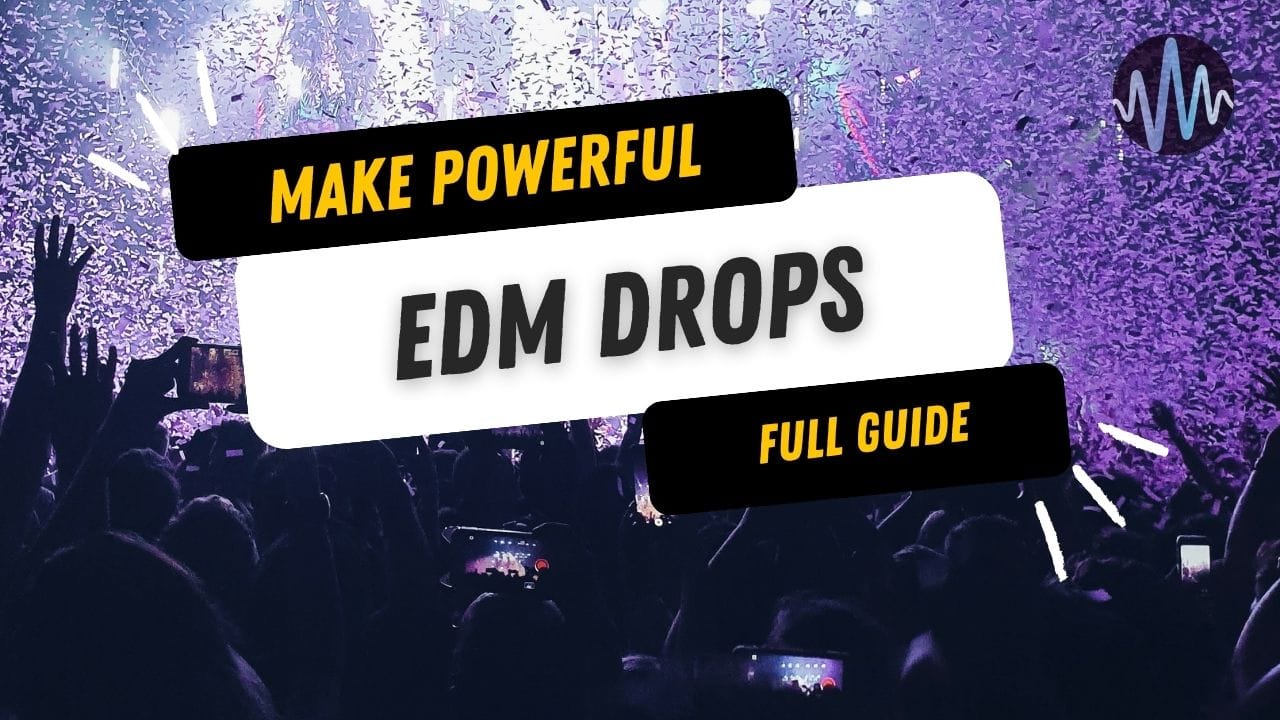Introduction
Fancy music gear is tempting, but it doesn't guarantee great music. Many top producers show that creativity, not costly equipment, is what really matters. This article discusses how to overcome gear envy and use what you have to make your music stand out.
You Will Learn:
- How to leverage basic production techniques to create complex sounds and textures with minimal equipment.
- Strategies for optimizing your physical and digital workspace to enhance productivity and creativity.
- The importance of choosing versatile and essential tools that provide the best value for your music production needs.
- Ways to utilize free and open-source software to expand your production capabilities without significant financial investment.
- How to embrace the limitations of your setup as creative challenges, pushing your music production into unique and innovative territories.
The Myth of "More Is Better"
Understanding Gear Envy
Gear envy is a common pitfall for many beginning in the music production landscape. It's the feeling that one's creative potential is stifled by the lack of high-end, expensive equipment, leading to the belief that acquiring more gear is essential for achieving professional-quality sound. This notion, however, is a misconception. The essence of music production lies not in the quantity or cost of your equipment but in the mastery and inventive application of what you possess.
Real Examples of Minimalist Success
Many celebrated producers and musicians started their journeys with setups that were far from the envy of their peers, yet they managed to produce music that resonated worldwide. For instance, Billie Eilish and her brother Finneas created the multi-Grammy-winning album "When We All Fall Asleep, Where Do We Go?" in a bedroom studio, using affordable gear and a laptop. Their success is a testament to the fact that creativity, skill, and vision can far outweigh the benefits of expensive equipment.
Tips for Making Music with Limited Resources
- Utilize Free and Open-Source Software: Many powerful DAWs (Digital Audio Workstations), plugins, and sample libraries are available for free or at a low cost.
- Learn to DIY: From building your own soundproofing panels to creating custom instruments and effects, DIY solutions can significantly enhance your setup without breaking the bank.
- Networking and Collaboration: Collaborating with other musicians can not only improve your skills but also provide access to different tools and resources.
- Embrace Limitations as Creative Challenges: Use the constraints of your setup to push your creativity and develop a unique sound that stands out.
Maximizing Your Limited Setup
Optimizing Your Workspace
The environment where you create can significantly influence your productivity and creative flow. Even with limited gear, optimizing your physical and digital workspace can make a substantial difference. This could mean arranging your equipment for easy access, ensuring proper lighting and comfort, or organizing your digital files and plugins for a smoother workflow. Such simple adjustments can help minimize distractions and enhance your focus and efficiency.
Choosing the Right Tools
When resources are limited, selecting versatile and essential tools becomes crucial. Invest in equipment that offers the best value for your specific production needs. For example, a high-quality audio interface and a pair of reliable studio monitors or headphones can be more beneficial than owning multiple instruments or effects units. The key is to focus on tools that enhance your ability to capture, produce, and mix your music effectively.
Creativity Over Gear
Techniques Over Technology
Your capacity as a producer is not defined by the expansiveness of your gear but by their mastery of your craft. Let's explore how basic production techniques, when applied creatively, can unlock complex sounds and textures, even with the most limited setups.

Layering and Texturing
Layering involves combining multiple sounds to create a richer, fuller audio experience. This technique can be applied in various contexts, from synthesizing complex chords with simple patches to layering drum samples for a more impactful sound. Texturing, on the other hand, involves adding ambient sounds or noise layers to give a track depth and atmosphere. By experimenting with these techniques, producers can craft unique soundscapes that captivate listeners.
Sampling and Resampling
Sampling, the art of reusing existing sounds within new music, is a cornerstone of modern music production. Through creative sampling, producers can breathe new life into old records, field recordings, or even mundane sounds, transforming them into musical elements. Resampling involves recording your own output and then processing it further to create something entirely new. This iterative process can lead to unexpected and innovative results.
Automation and Modulation
Automation allows for dynamic changes in parameters such as volume, pan, effects, and more over time within a track. This can create movement and excitement, transforming a static loop into an evolving musical journey. Modulation, the process of changing sound parameters over time, can be achieved through LFOs (Low-Frequency Oscillators), envelopes, or manually. These techniques can drastically alter the character of a sound, making it more expressive and complex.
Creative Effects Processing
The creative use of effects such as reverb, delay, distortion, and filtering can significantly alter and enhance sounds. For instance, applying reverb to a simple drum sample can place it in a virtual space, from a tight room to a vast hall. Distortion can add grit and character to bass lines, while clever filtering can create movement and evolution in pads and leads. The key is to experiment and not be afraid to push boundaries.
Software Solutions
The digital era has provided an array of software and tools that offer capabilities once reserved for high-end studios, making them accessible to anyone with a computer.
Digital Audio Workstations (DAWs)
DAWs are the backbone of modern music production. Platforms like Ableton Live, Logic Pro, and FL Studio offer comprehensive environments for recording, editing, mixing, and mastering. These tools come packed with built-in instruments, effects, and samples, enabling producers to start creating immediately. The flexibility and power of DAWs allow for virtually limitless creative potential.
Virtual Instruments and Plugins
Virtual instruments emulate everything from classic synthesizers to grand pianos, offering a vast palette of sounds. Meanwhile, plugins extend the functionality of DAWs, providing effects, sound processing, and virtual instruments. Many of these plugins are available for free or at low cost, offering quality that rivals expensive hardware units. Utilizing these virtual tools can greatly expand your sonic capabilities.
Max for Live and Modular Environments
For users of Ableton Live, Max for Live offers an environment for building custom devices, including instruments, effects, and utilities. Similarly, modular synthesis environments like VCV Rack allow users to explore modular synthesis virtually, offering infinite possibilities for sound design. These platforms empower producers to create unique tools tailored to their creative vision.

The DIY Approach To Music Making
Utilize Free and Open-Source Software
The internet is a treasure trove of free and open-source music production software, including DAWs, plugins, and sample libraries. Tools such as Audacity, Cakewalk by BandLab, and the vast collection of VSTs (Virtual Studio Technology) available online can equip you with everything needed to produce high-quality music. Leveraging these resources can dramatically expand your production capabilities without impacting your budget.
Learn to DIY
Embracing a DIY approach can enhance your setup and creativity. Building your own soundproofing panels, for instance, can improve your recording quality significantly. Similarly, experimenting with creating custom instruments or effects, whether through physical modifications or software programming, can lead to unique sounds that set your music apart.
Networking and Collaboration
Collaborating with other musicians and producers can not only enhance your skill set but also provide access to different tools and resources. Networking can open up opportunities to use equipment and spaces that would otherwise be inaccessible, fostering a communal approach to music production where resources are shared and creativity flourishes.
Embrace Limitations as Creative Challenges
Seeing the limitations of your setup as opportunities rather than obstacles can inspire innovation. Challenge yourself to produce within your means, using constraints to fuel creativity. This mindset encourages exploring unconventional methods and developing a unique sound that can distinguish your music in a crowded market.
Recap:
This is what we covered in this blog:
- Mastered the art of using basic techniques to achieve professional sounds and textures, regardless of gear limitations.
- Learned the significance of workspace optimization in boosting creativity and efficiency in music production.
- Discovered the value of selective tool acquisition, focusing on versatility and necessity over quantity.
- Explored the benefits of leveraging free and open-source digital tools to enhance production capabilities economically.
- Embraced limitations as opportunities for creativity, leading to the development of a unique and distinguishable sound.
Final Words
Great music production is about skill and creativity, not just having lots of gear. By focusing on essential techniques and using software smartly, you can create professional sounds. This mindset encourages unique music and proves that limitations can boost creativity, especially with so many digital tools available.







Comments